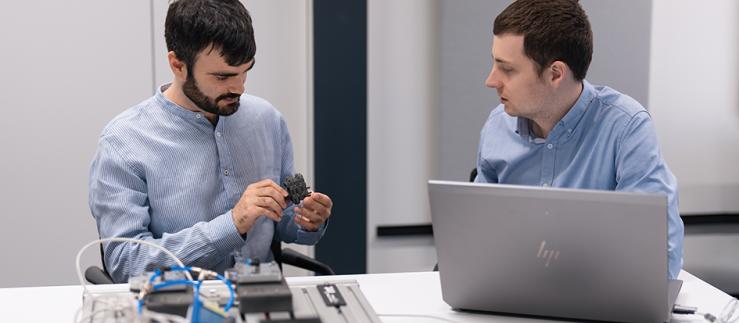According to a press release issued by the Paul Scherrer Institute (PSI), extreme-ultraviolet light (EUV) is the key to the state-of-the-art mass production of conventional electronics that drive the information revolution. Researchers from PSI, University College London (UCL), the Swiss Federal Institute of Technology Lausanne (EPFL) and the Swiss Federal Institute of Technology in Zurich (ETH) have now carried out the first experiments on the Swiss Light Source (SLS) at the PSI in an effort to demonstrate the potential of EUV for the manufacturing of silicon-based quantum nanoelectronics, which represent the building blocks of truly scalable quantum computers.
In the rapidly advancing field of semiconductor technologies and quantum computing, researchers have been developing methods with which devices can be manufactured at atomic scale, as PSI writes in its press release. However, the challenge of patterning large-scale devices remains a significant obstacle. A traditional method involves the scanning tunneling microscope (STM), for which the high current density of electrons tunneling from a sharp tip is used to pattern silicon with atomic precision.
The researchers investigated whether this is also possible with photons instead of electrons. A team headed up by Procopios Constantinou from PSI and Associate Professor Steven Schofield from UCL has, for the first time, now demonstrated that hydrogen atoms can be desorbed from silicon surfaces by way of EUV light rather than an STM. This closes the gap between atomic-scale STM patterning and the large-scale manufacturing of industrial semiconductors.







